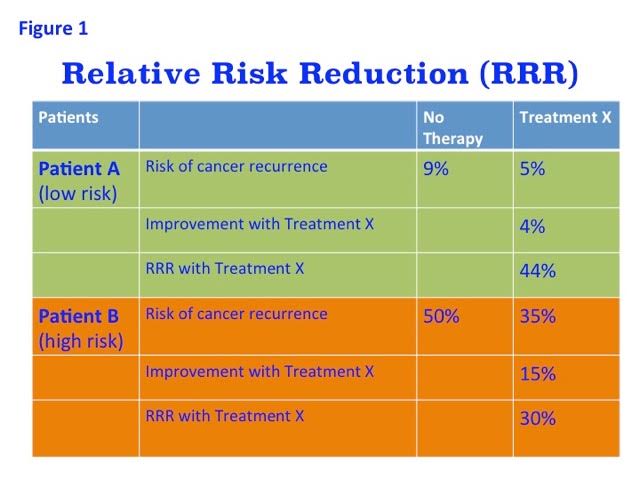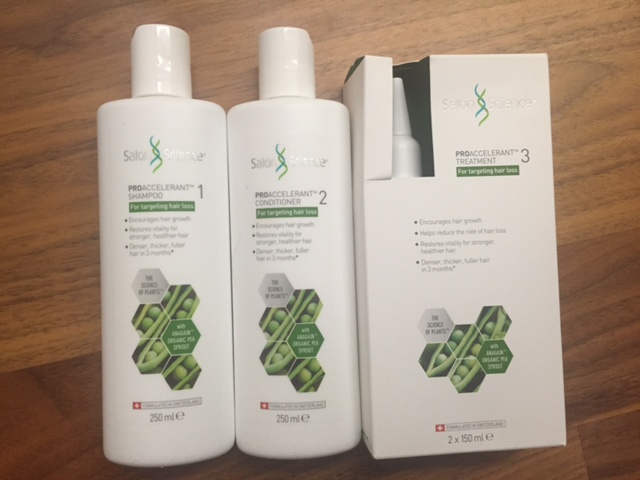As you get older, you might find that you aren’t happy with the current layout of your teeth. Over time, your teeth can move slightly, and this can cause problems with the placement and leave you feeling uncomfortable. Additionally, there are cosmetic reasons why you might not be happy with how your teeth are placed in your mouth.
The good news is that in 2021, there are tons of excellent teeth correction and straightening options that you can choose from. The decision on whether you decide to opt for metal braces or simple invisible aligners is entirely up to you and your budget. What works for some people won’t necessarily work for others. So, how do you choose the right solution? Here are some of our tips to help you make the right choice.
Check Out Your Options
The first thing that you should do when you are hoping to choose the right teeth correction solution for yourself is to look at the options. Many people are only aware of the most popular options but over time, more companies have created solutions that can be more discreet.
Some of the most common options include clear aligners, metal braces, ceramic braces, veneers, bonding and lingual braces. The only real way to determine which is best for you is to check out each in great detail and uncover some of the advantages and disadvantages of each. Some are more visible than others while you can expect to pay more for certain options. Once you know a bit more about the options that are available to you, you can make a clear decision.
What’s Your Budget?
It is unlikely that you are going to be able to correct your teeth without making some kind of financial contribution to the procedure. There are some cases where it can be a medical emergency to correct the shape of the teeth and there may be some reductions in price for these patients. However, the majority of options will set you back a fair bit of money, so you need to be willing to pay for it.
Before you start booking appointments with experts who can check your teeth, take a look at your budget. How much can you realistically afford to spend on this solution? This also comes down to how important this is to you. Some correction options will cost you thousands of dollars – are you willing to pay that?
Determine your budget and find a solution that fits within that. It might be worth pushing this change a bit further into the future so that you can find time to save up for a solution that works better for your lifestyle. By waiting a bit longer, you’ll also be sure that you have made the right decision and you are happy to proceed.
Find a Reputable Company
You might think that your only option when it comes to correcting your teeth is to visit your dentist but that is not the case at all. Yes, your dentist can offer recommendations on which options might work best for you and help you to keep you spot any issues that need to be rectified quickly but they don’t have to be the one that goes through with the procedure.
You will find that if you opt for an alternative to traditional braces like invisible aligners, for example, you’ll want to find a reputable company who can help. For example, Straight My Teeth offers a range of options and they have a long list of happy clients.
Reading reviews can be really useful when it comes to finding a reputable company. Why not spend some time looking at the reviews over at straightmyteeth.com to see what the happy customers have to say? This way, you’ll know what to look out for.
Ask Around
Sometimes, making the decision on which tooth correction solution is best for you is as simple as asking around. Do you know someone close to you that has a great smile? Has a relative recently undergone a procedure to improve their teeth and they are happy with the final result? You could find that by asking your close friends and family members that you can learn more about the options that are out there.
You could even find that some reviews from relatives suggest that an option won’t work for you. Spend some time asking around your circle and see if you can find any answers there. They might not be entirely educated on each option, but they can give you a summary of their experience and you can use this information to determine the right choice.
Visible or Invisible?
One of the main things that you should consider when you are choosing a teeth correction solution for yourself is the visibility. Many people around the world have already experienced wearing metal braces as teenagers and know how visible these can be. Is this something that you want to experience again? If you are comfortable with others noticing your teeth correction solution, then this might be the best option for you as it can be very affordable.
Alternatively, if you are looking for a more discreet option, we recommend looking into some invisible aligners. This option is becoming much more popular with adults who are hoping to correct the alignment of their teeth without drawing too much attention to it.
Check Out Treatment Times
Are you looking for a quick fix or something that might take a bit longer to really work? This is a consideration that you need to make when you are choosing a solution as some are quicker to work than others. For example, if you were to choose at-home clear aligners, you might expect the treatment time to be around 6 months.
Additionally, bonding will usually be done in just one or two appointments with your dental company so this might be something to consider if you want to resolve the problem sooner rather than later. Some alternatives such as braces or veneers might take a bit longer, but they will be worth it in the end.
Usually, when you go to a consultation, you can learn more about how long the process will take. While some might be quick to implement, they might need to be fitted for a longer period of time so make sure to consider this carefully. Hopefully, you’ll find something that works for your lifestyle.
Choose An Option That Works For You
You should discuss the solutions that you are considering with your loved ones, but you should remember that this is your decision to make. It doesn’t hurt to check in with your dentist to see what kind of solution they recommend you get.
Think about the variety of solutions available and consider important factors such as your budget, the duration of treatment and the company that will perform the procedure. Once you know what you are looking for, you can get booked in and start your oral transformation sooner rather than later. We hope that we have helped you to come to a final conclusion.
Collaborative post with our brand partner.









